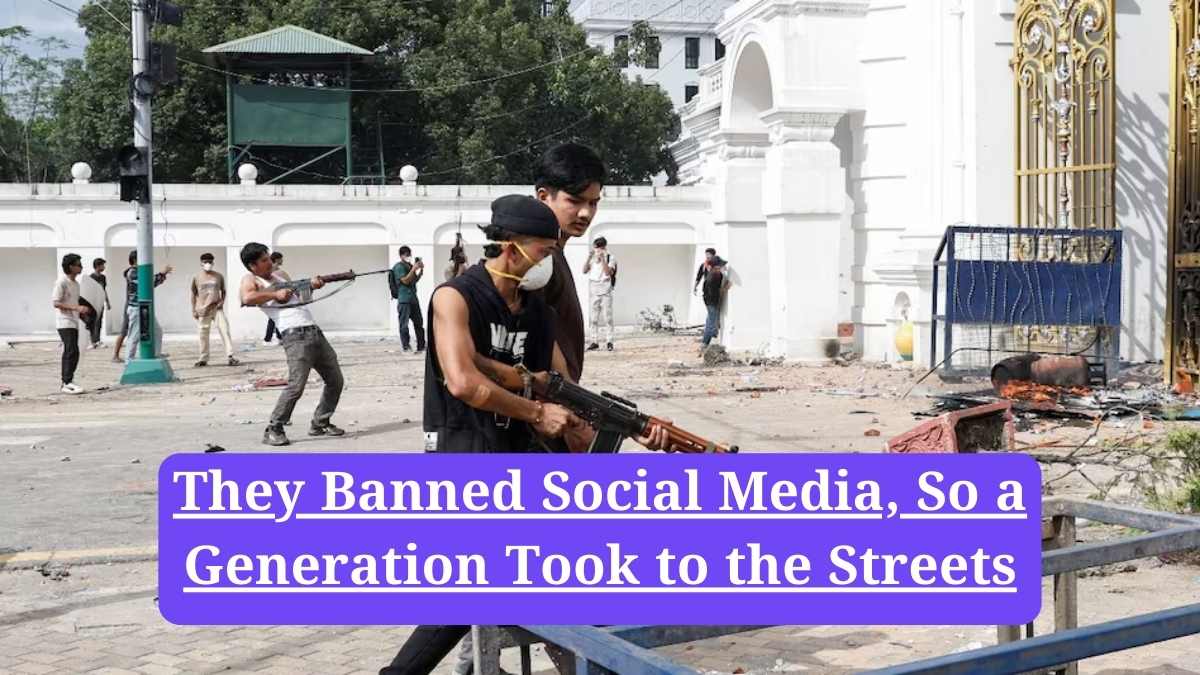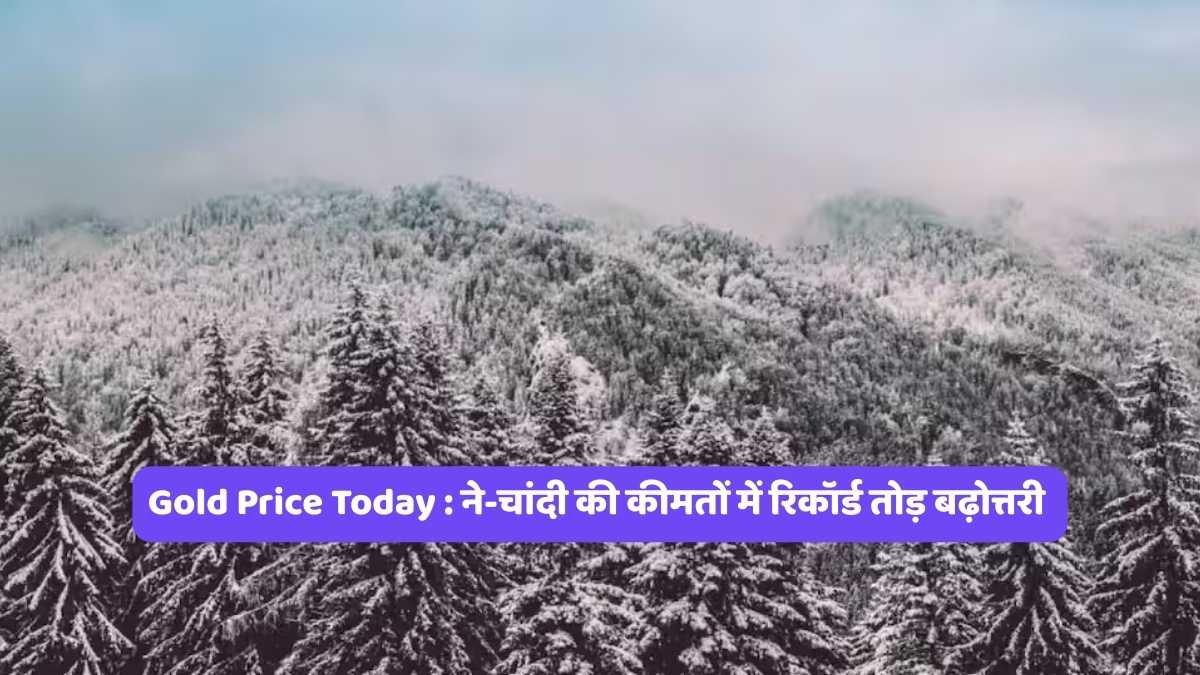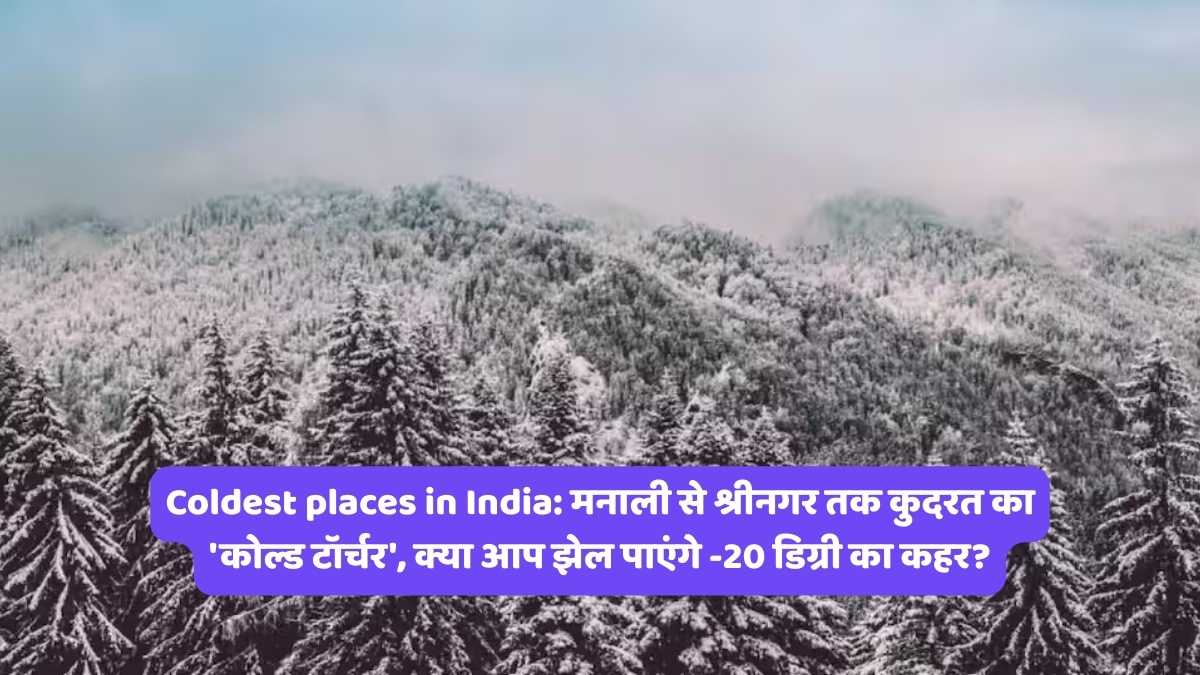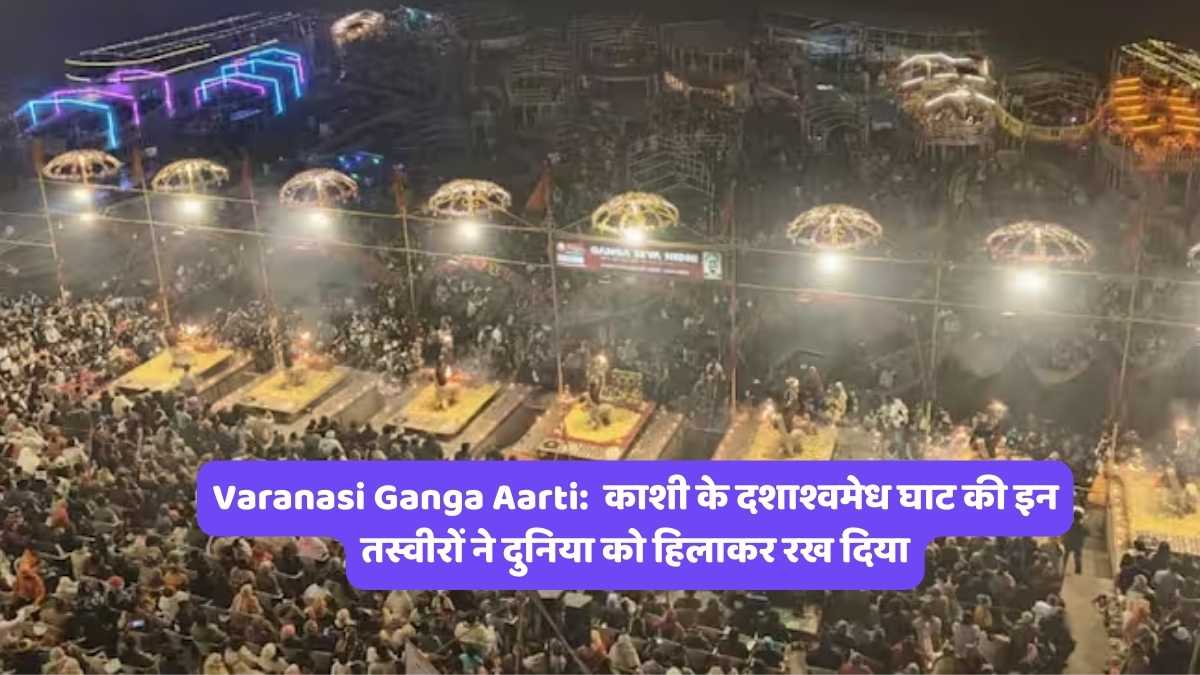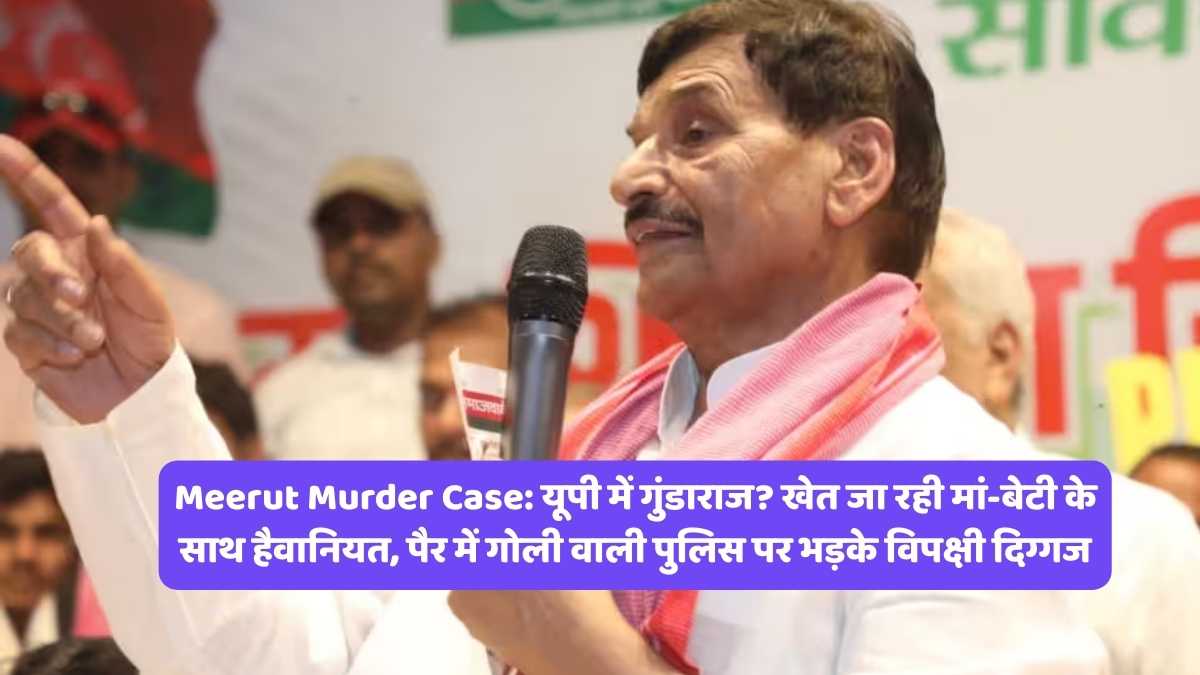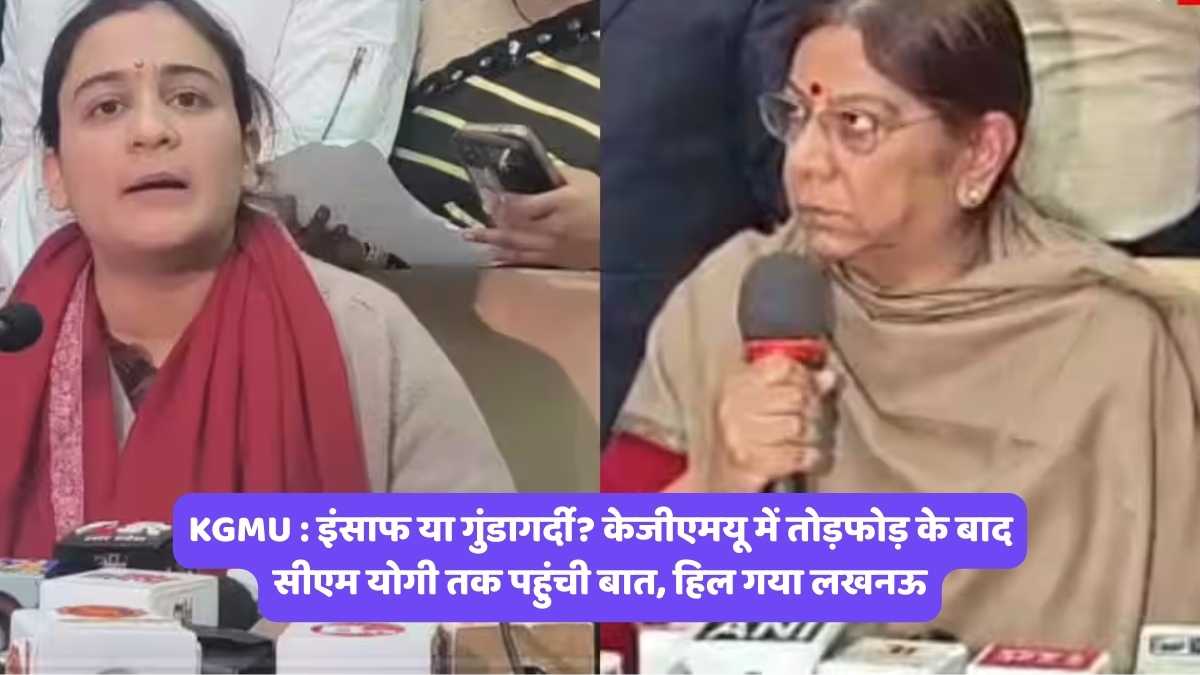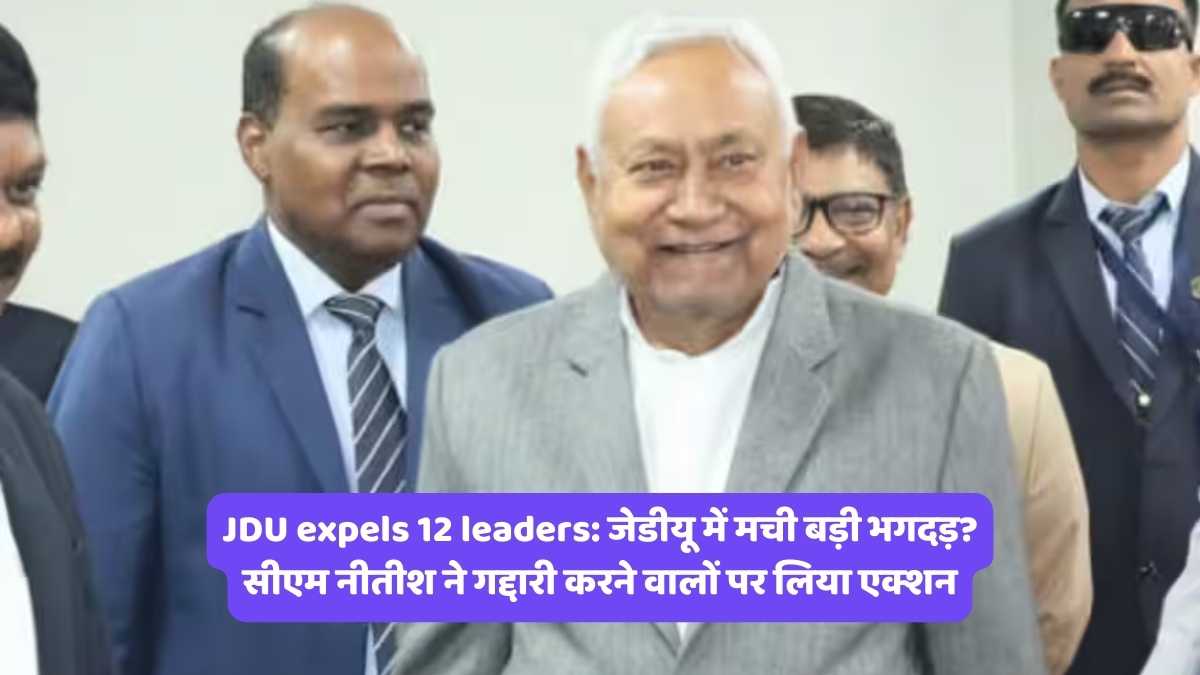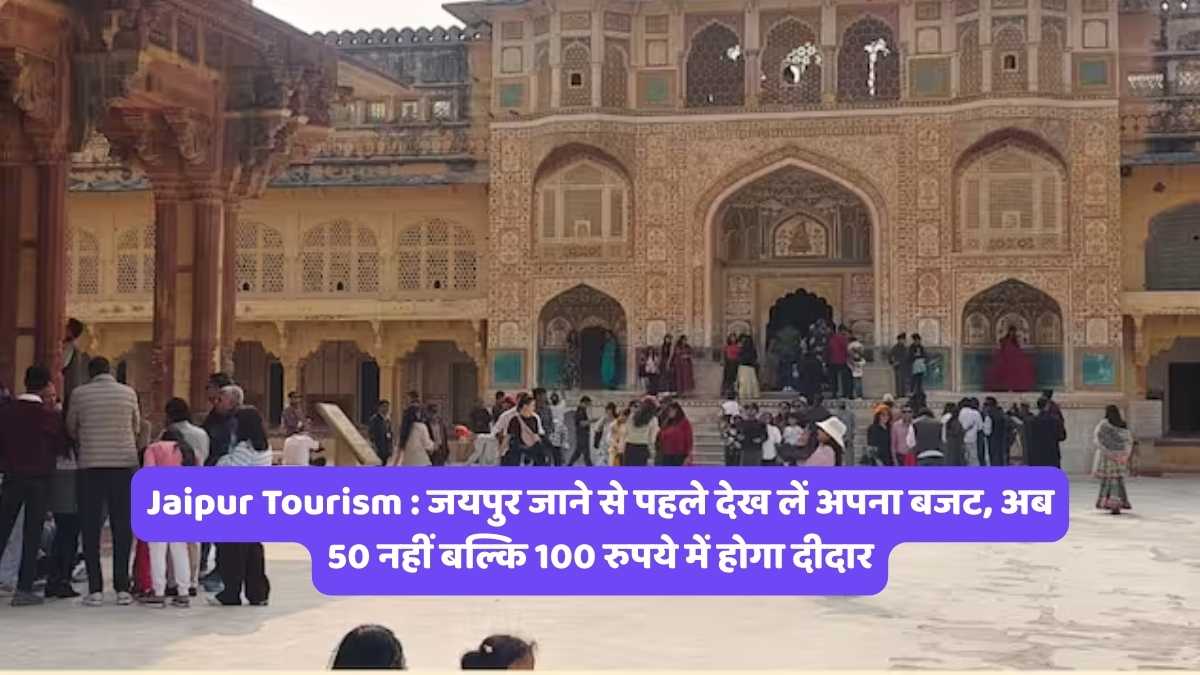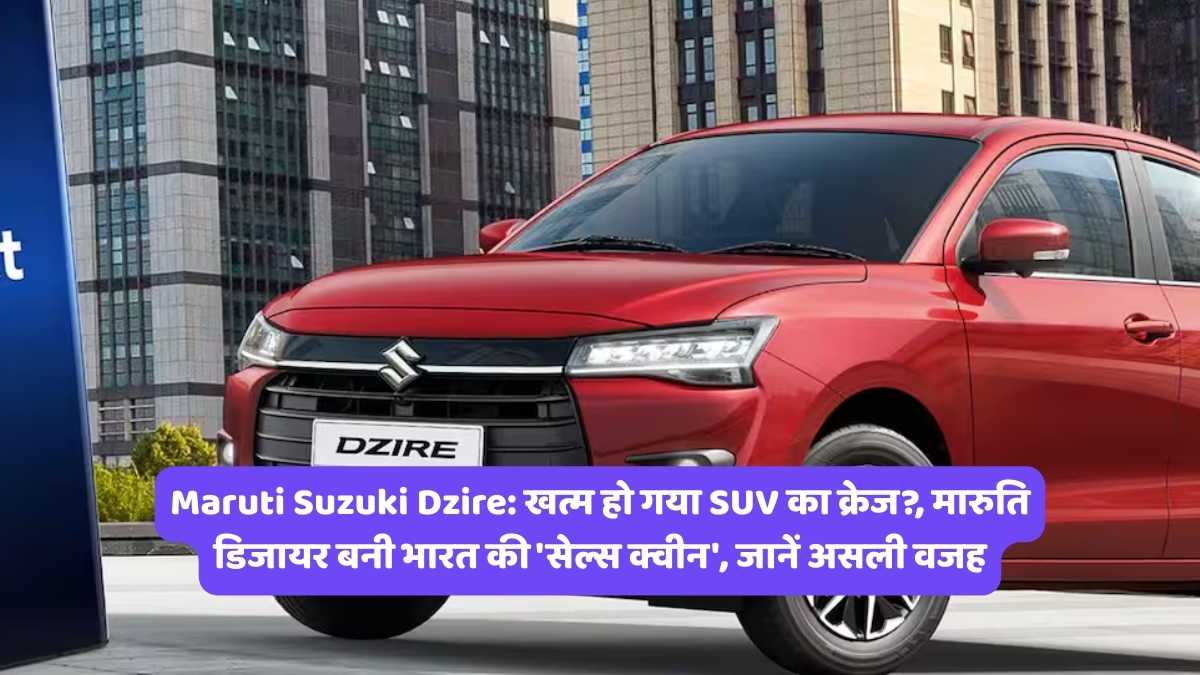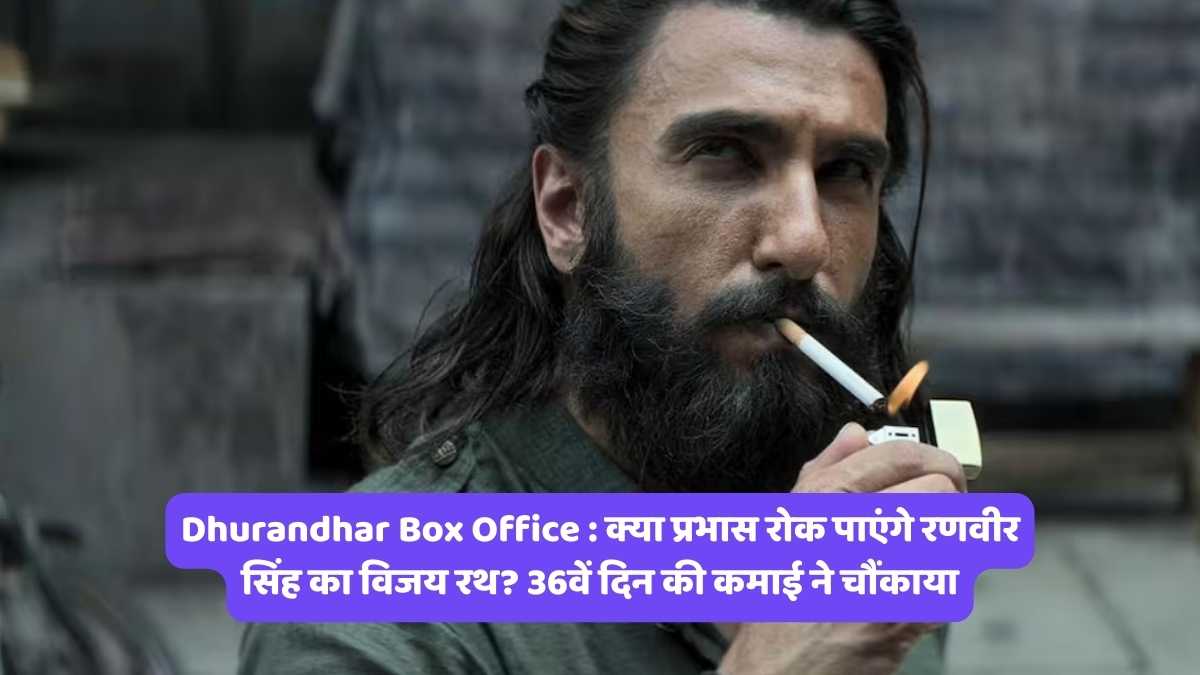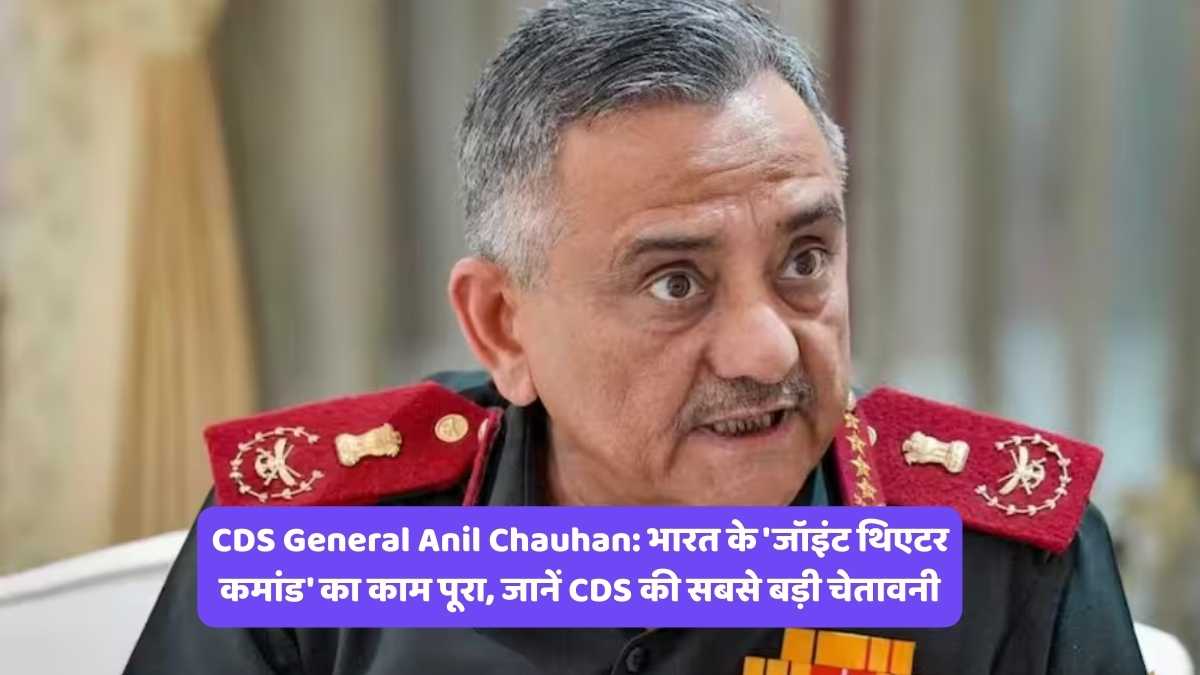Join WhatsApp
Join NowNepal protests: A tense and fragile peace has settled over the cities of Kathmandu, Pokhara, and Birgunj following a seismic political upheaval that has been dubbed Nepal’s “Gen-Z Revolution.” The country remains on a knife’s edge after days of widespread, youth-led protests plunged the Himalayan nation into chaos, leading to the resignation of Prime Minister K.P. Sharma Oli and a violent crackdown that left at least 19 people dead.In the aftermath, the Nepali army has taken control of Tribhuvan International Airport, which was temporarily shut down after demonstrators attempted to breach its perimeter, leading to the partial suspension of flights.Mr. Oli, having stepped down, has been moved to a secure location within the country.
The spark for this unprecedented uprising was the government’s sudden ban on 26 major social media platforms, but international observers and protesters alike agree this was merely the trigger for a much deeper societal discontent.The protests rapidly evolved from a digital rights movement into a massive outcry against systemic corruption, political instability, and deep-seated economic inequality that has plagued Nepal for years.
The Viral Campaign That Ignited a Nation
The government’s decision to block platforms like Facebook, X (formerly Twitter), and YouTube came just as a viral online campaign targeting the “Nepo Kids” was reaching a fever pitch. A term derived from “nepo baby,” it was used by young Nepalis to expose the lavish lifestyles of the children of the political elite. Social media platforms like TikTok and Reddit were flooded with images and videos showcasing foreign holidays, luxury cars, and designer shopping sprees, allegedly funded by public money. These posts, some viewed over a million times, struck a raw nerve with a generation grappling with an unemployment rate of nearly 10% and a per capita GDP of just over $1,400, forcing millions to seek low-wage work abroad.
As The Daily Star in Bangladesh noted, this online movement highlighted a stark contrast: the opulent lives of politicians’ children versus the daily struggles of ordinary citizens. This fueled a powerful narrative of injustice and entitlement that quickly became the rallying cry for the protests.
A Deeper Malaise: Corruption and a Failing System
Global media outlets have emphasized that the anger seen on the streets of Kathmandu was about much more than just a social media ban. The Guardian framed the protests as a broad social movement born from years of frustration with political instability and rampant corruption.The newspaper pointed out that a significant portion of Nepal’s population is compelled to travel abroad for work due to a lack of opportunities at home, while high-profile corruption cases involving senior political figures regularly make headlines.
The Washington Post echoed this sentiment, highlighting that the young protesters were driven by fury over both the social media ban and endemic corruption. The outlet reported on the deadly use of force by police, which resulted in 19 fatalities and only served to intensify the demonstrations.
The South China Morning Post detailed the scenes of “disorder” in the capital, where protesters defied curfews to gather in front of parliament. The paper cited growing discontent over slow economic growth and political instability since Mr. Oli began his fourth term last year. It also provided stark economic context: approximately 43% of Nepal’s 30 million people are between the ages of 15 and 40, yet they face immense economic hardship.
When Peace Turned to Violence
The protests, initially planned as peaceful events, tragically descended into violence. An organizer told Al Jazeera, “We had planned a peaceful protest with cultural programs and fun.” However, the situation escalated when, according to organizers, “outside forces and political party cadres” joined the demonstrations, provoked armed forces, and began throwing stones.
Security forces responded with live ammunition, rubber bullets, and tear gas. In the ensuing chaos, demonstrators breached the parliament compound, leading to fatal clashes. Al Jazeera tragically reported that among those shot were schoolchildren still in their uniforms. The outlet interviewed a protester who, in a moment of defiance, smashed a CCTV camera on the assembly building wall, yelling, “This is for KP Oli,” a direct message to the then-Prime Minister.
The violent turn of events, which saw government buildings and politicians’ homes set ablaze, plunged the nation into a full-blown crisis, forcing Prime Minister Oli to submit his resignation to “facilitate a solution to the problem.Even after the government reversed the social media ban, the protests continued, a clear sign that the movement’s demands went far beyond digital access to a fundamental call for accountability and systemic change.
